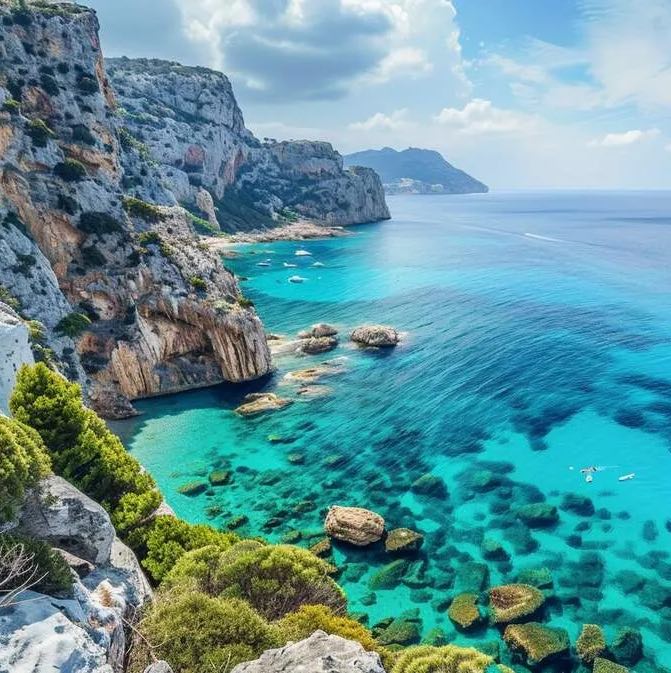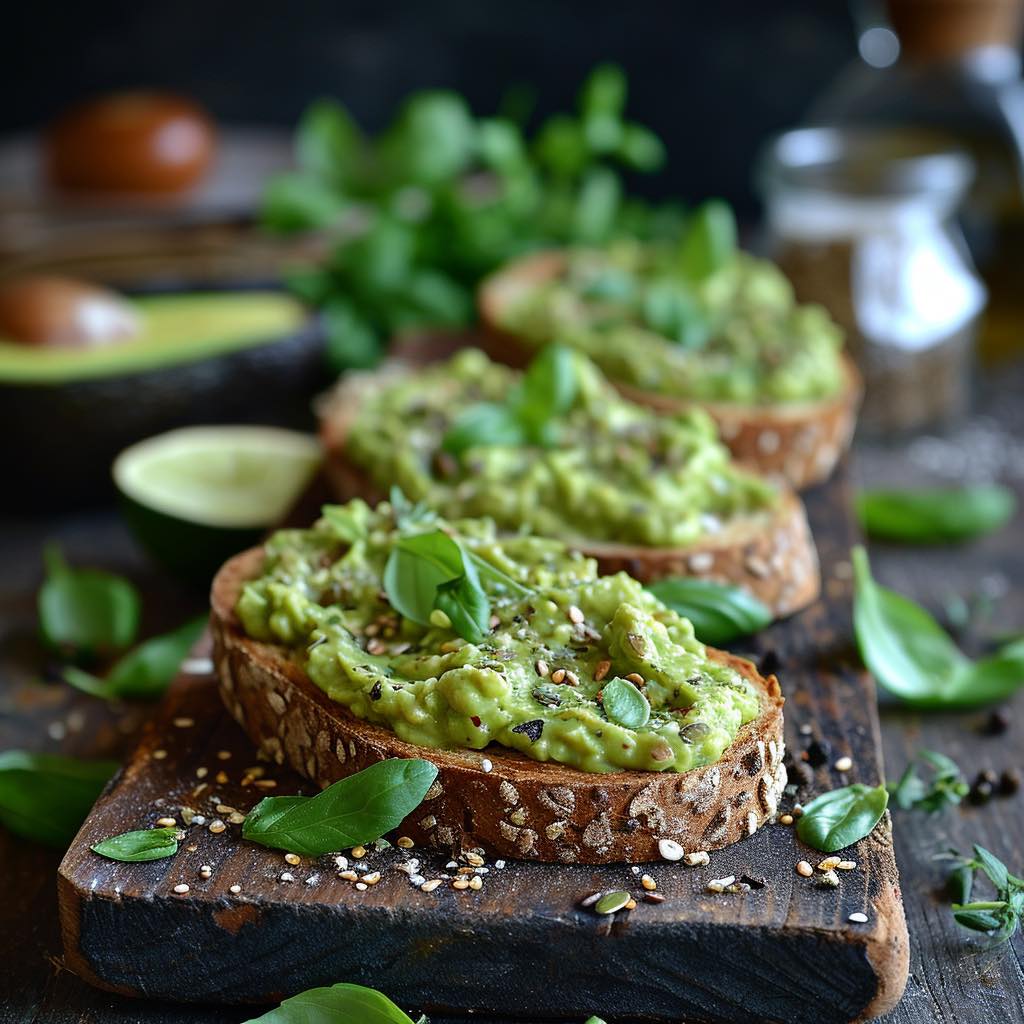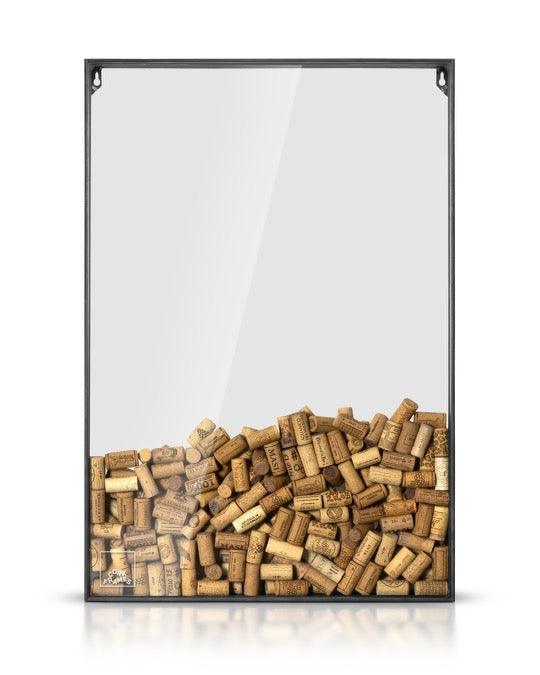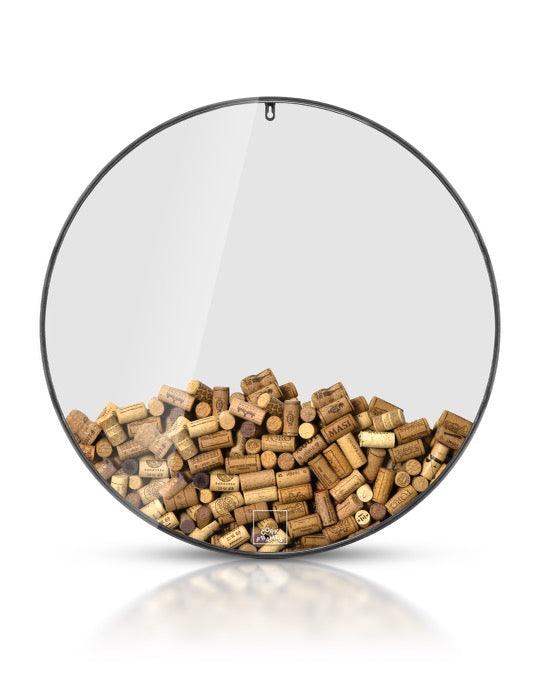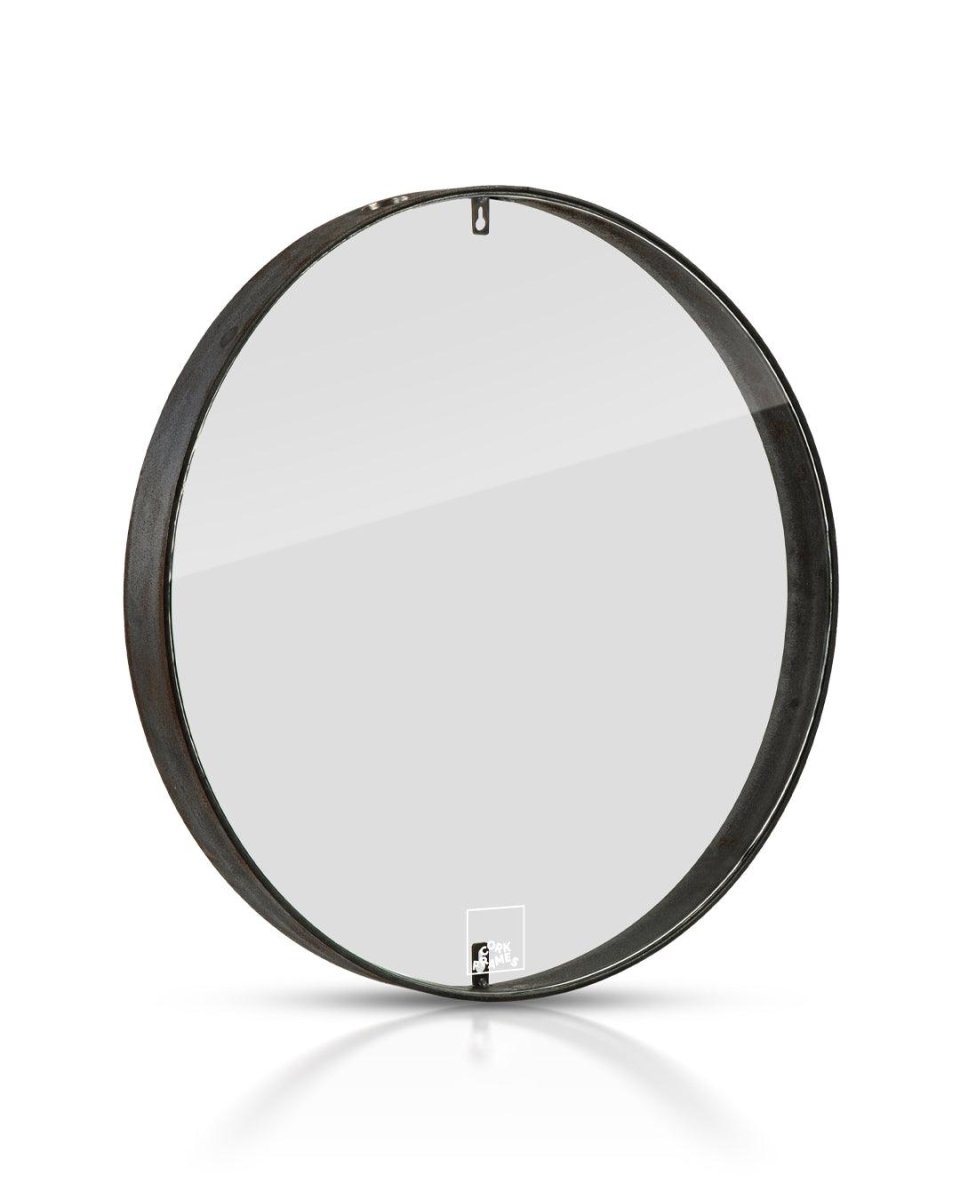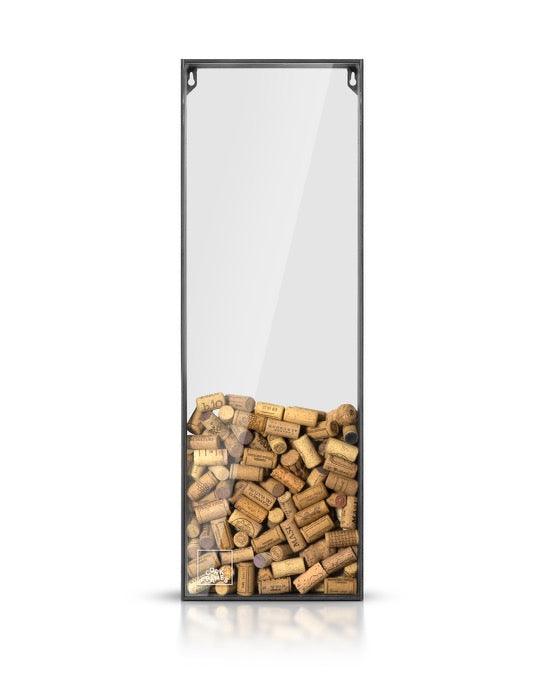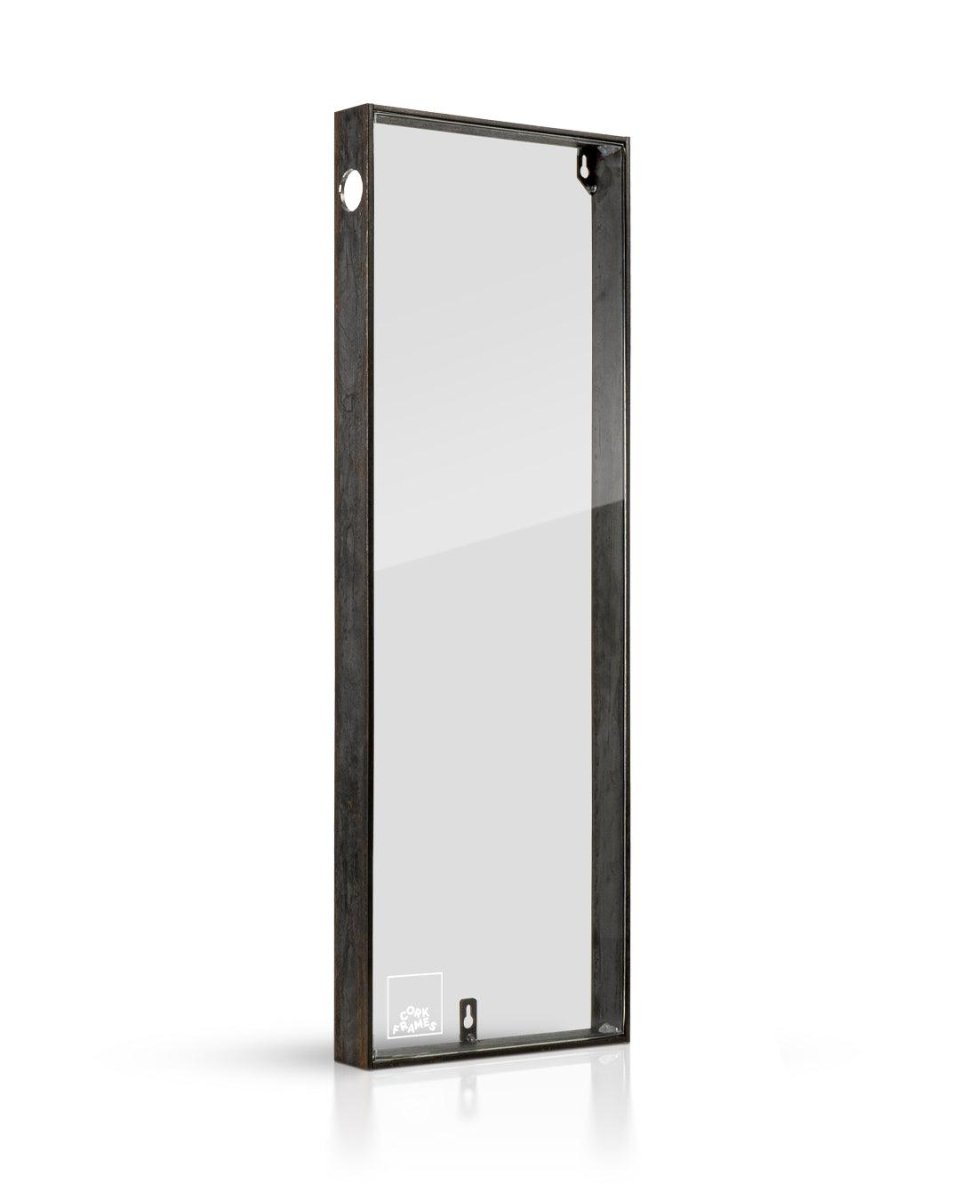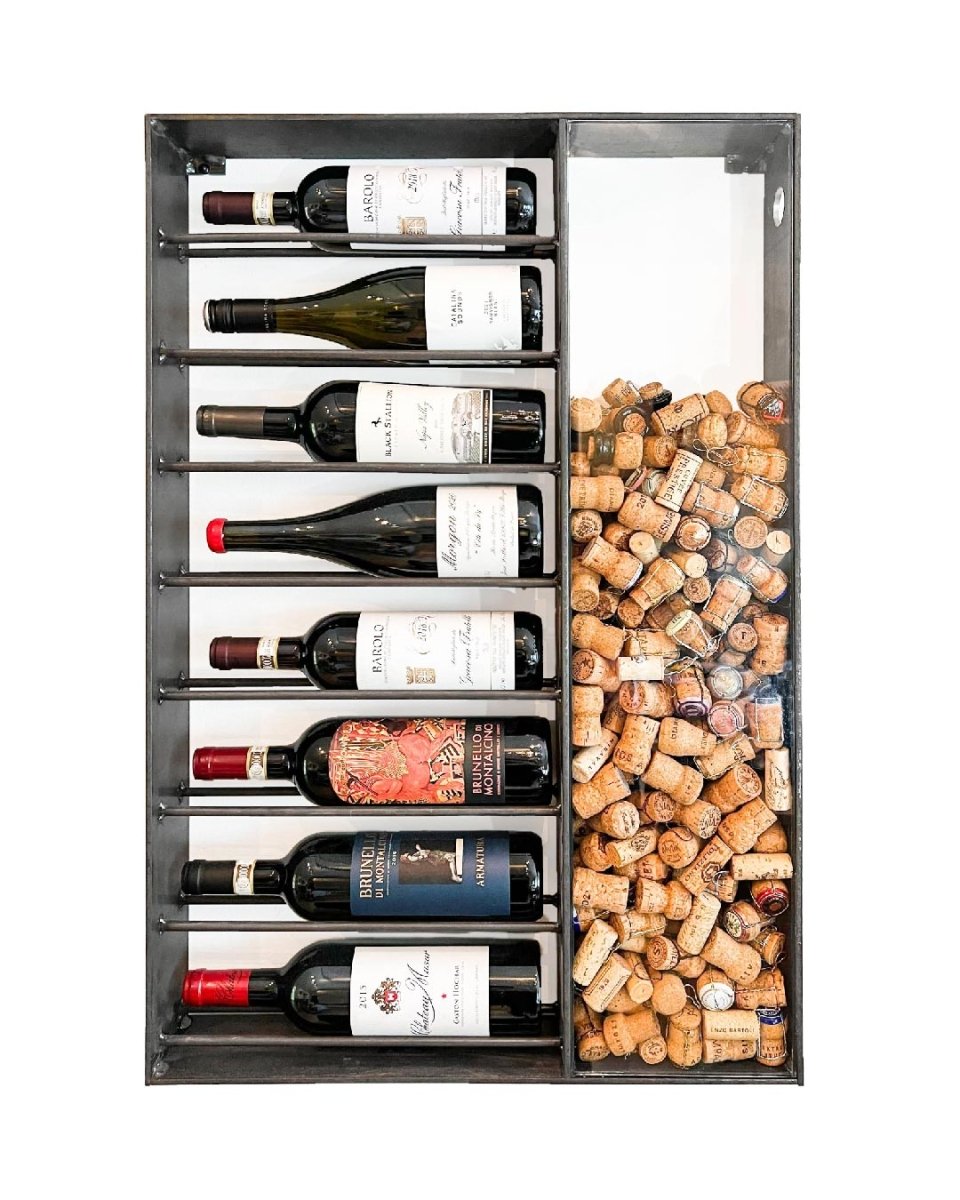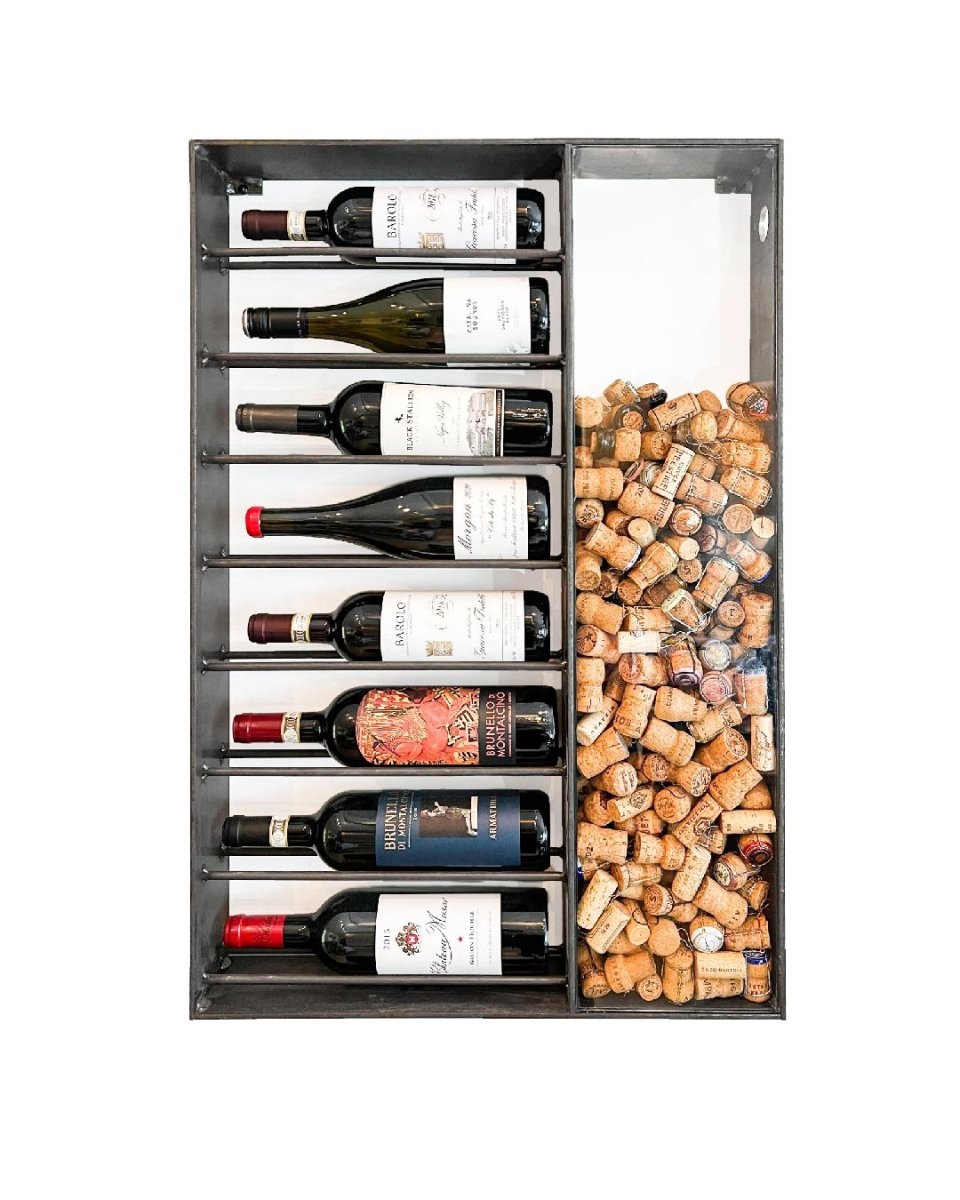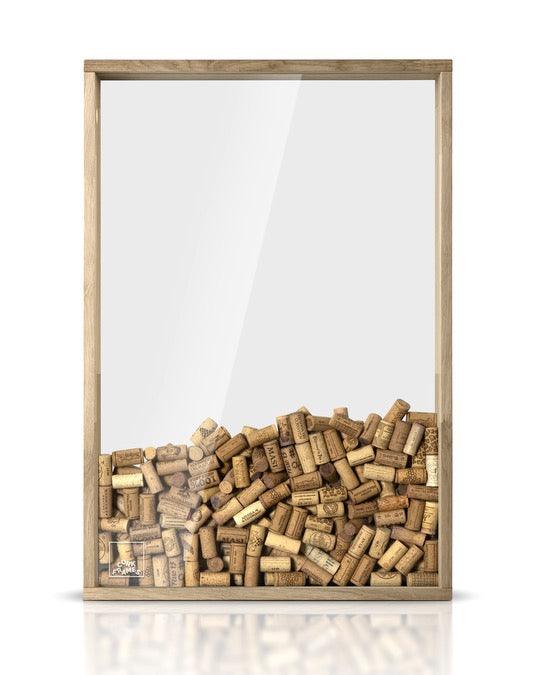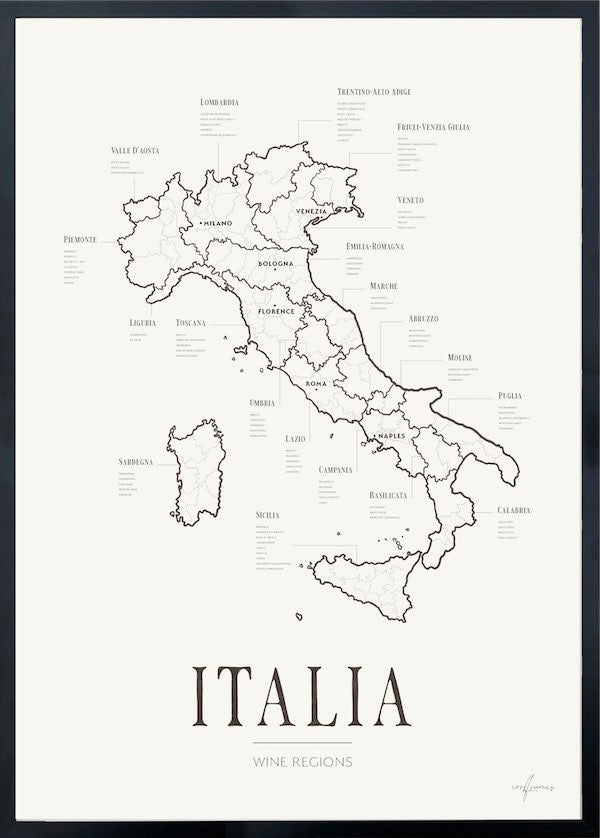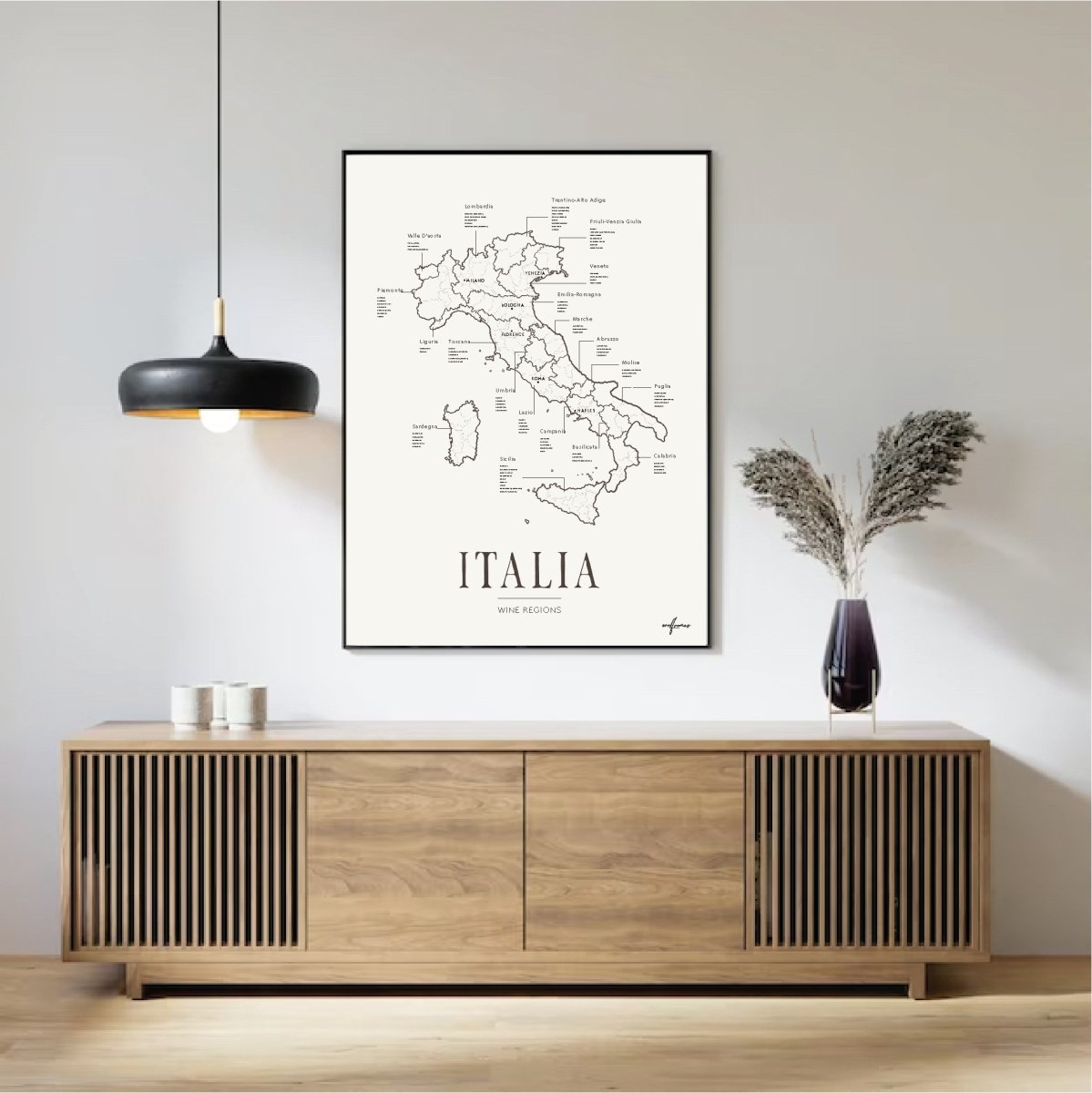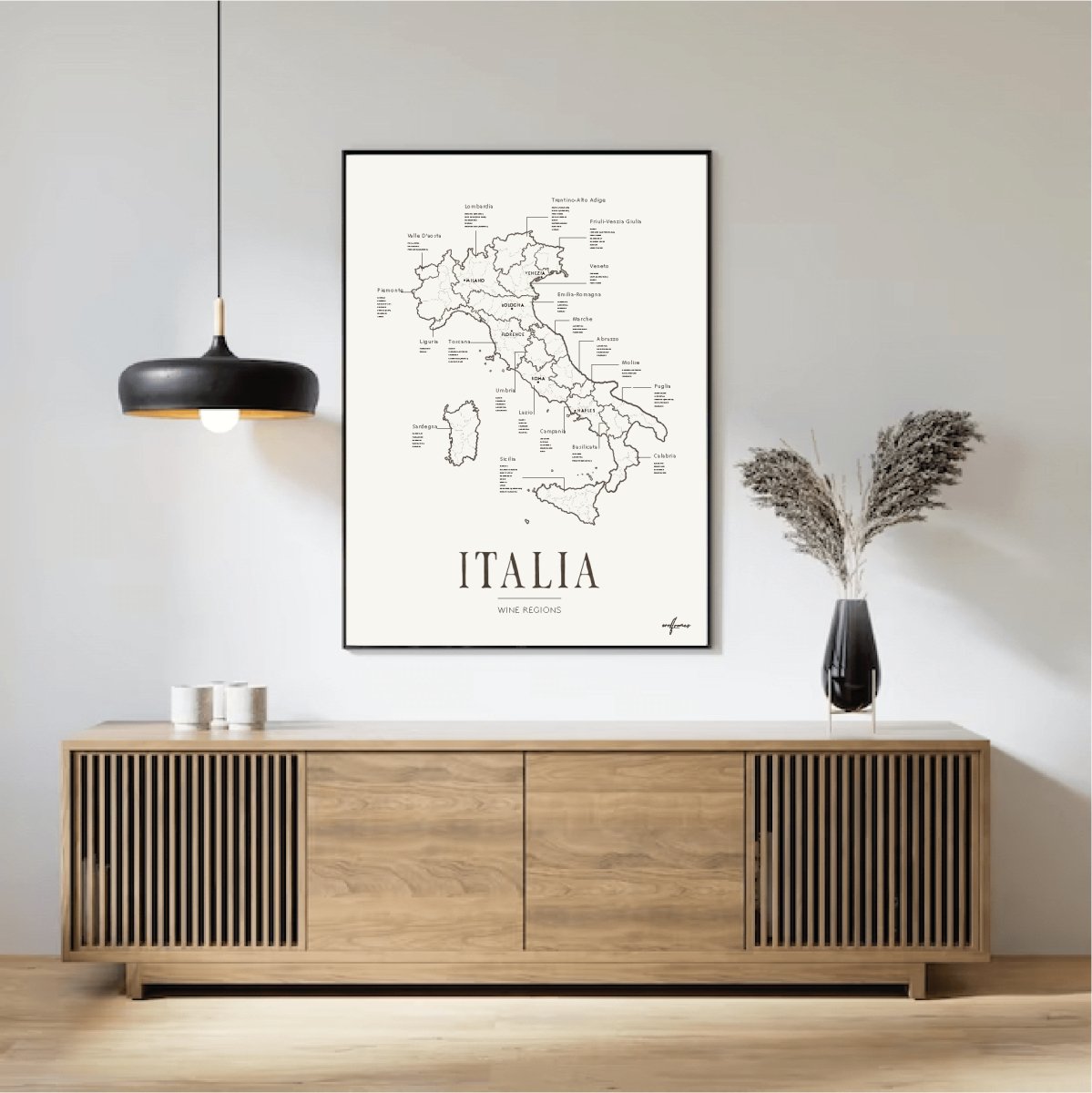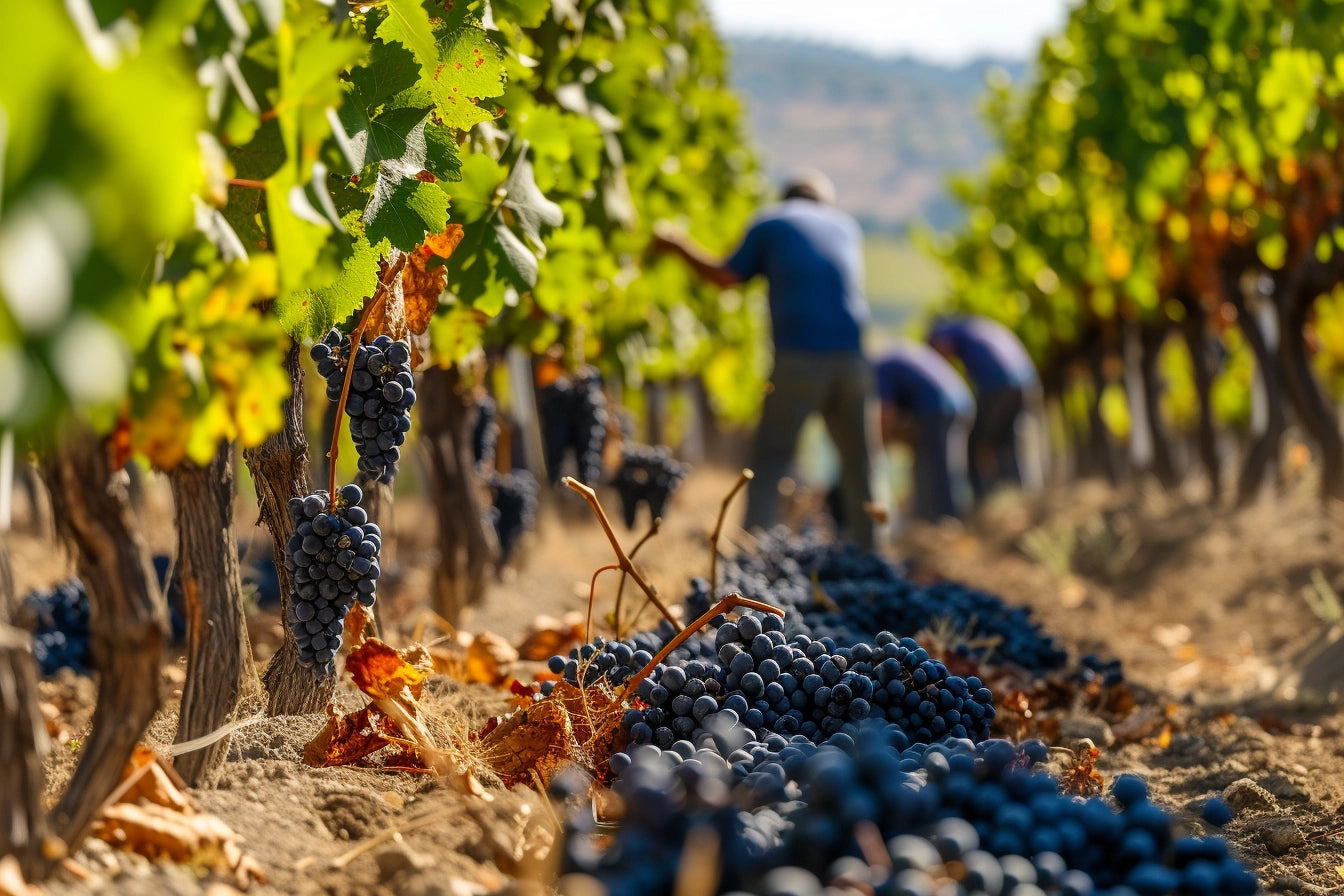Sardinia, the second-largest island in the Mediterranean, is renowned for its rich culture, stunning beaches, and unique cuisine. However, one aspect of the island that often remains less explored is its exceptional wine production.
With a landscape that ranges from mountainous areas to coastal plains and a climate that is warmer and drier than mainland Italy, Sardinia offers conditions ideal for producing unique and characterful wines.
A History of Winemaking
Wine production in Sardinia has a history that stretches back thousands of years, with roots in Phoenician and Roman times. Sardinia’s winemaking culture has been preserved over the centuries, and although the island has been influenced by various winemaking traditions from the mainland and other parts of the Mediterranean, it has developed its own unique wine identity.
Sardinia's Wine Regions
Sardinia is home to several wine regions, each with its own distinct characteristics. Some of the most famous wine regions include:
-
Gallura: Located in the northern part of the island, Gallura is particularly known for Vermentino di Gallura, a crisp and aromatic white wine that has earned DOCG status, the highest quality classification in Italy. This wine often features notes of citrus, green apples, and a hint of Mediterranean herbs, making it a perfect companion to Sardinia’s seafood dishes.
-
Marmilla and Campidano: These central and southern areas are known for their red wines, especially those based on the Cannonau grape, a local variant of Grenache. Cannonau di Sardegna is one of the island’s most esteemed wines, known for its robust character, with flavors of dark berries, spices, and sometimes a hint of licorice.
-
Mandrolisai: Another region in central Sardinia, where you find interesting blends combining Cannonau with grape varieties like Monica and Bovale. The result is full-bodied, structured red wines that often have a long aging potential.
Key Grape Varieties
Sardinia is home to several indigenous grape varieties that have adapted to the island’s climate and soils, and that are central to its wine production:
-
Cannonau: The most famous grape variety in Sardinia, used to produce powerful and full-bodied red wines. Cannonau is believed to have higher levels of antioxidants than many other grape varieties, making it both flavorful and potentially healthy.
-
Vermentino: The leading white grape in Sardinia, mainly grown in the Gallura region. Vermentino produces fresh, aromatic wines with pronounced minerality, reflecting the rocky and dry soil in which the grapes are grown.
-
Carignano: Another important red grape, particularly in southern Sardinia, where it is used to make Carignano del Sulcis. These wines are often dark, intense, and full-bodied, with soft tannins and notes of dark fruits and spices.
-
Malvasia di Bosa: One of the lesser-known but unique white grape varieties grown in northwestern Sardinia. Malvasia di Bosa is used to produce both dry and sweet wines, which have a distinctive aromatic profile with notes of honey, almond, and dried fruits.
Sardinia in the Modern World
Today, Sardinia’s wine industry has grown in international recognition, with wines receiving acclaim globally for their quality and unique character. The island’s vineyards often combine traditional methods with modern technology, resulting in wines that honor their history while meeting contemporary taste preferences.
For wine lovers, Sardinia offers a fascinating journey of discovery, where each bottle carries a part of the island’s soul. With its indigenous grape varieties and distinct regional differences, Sardinia’s wines provide a deeper understanding of this unique Mediterranean island and its cultural heritage.
Whether you’re seeking a crisp white wine to enjoy with fresh seafood or a robust red to pair with game, Sardinia has something to offer every palate.

